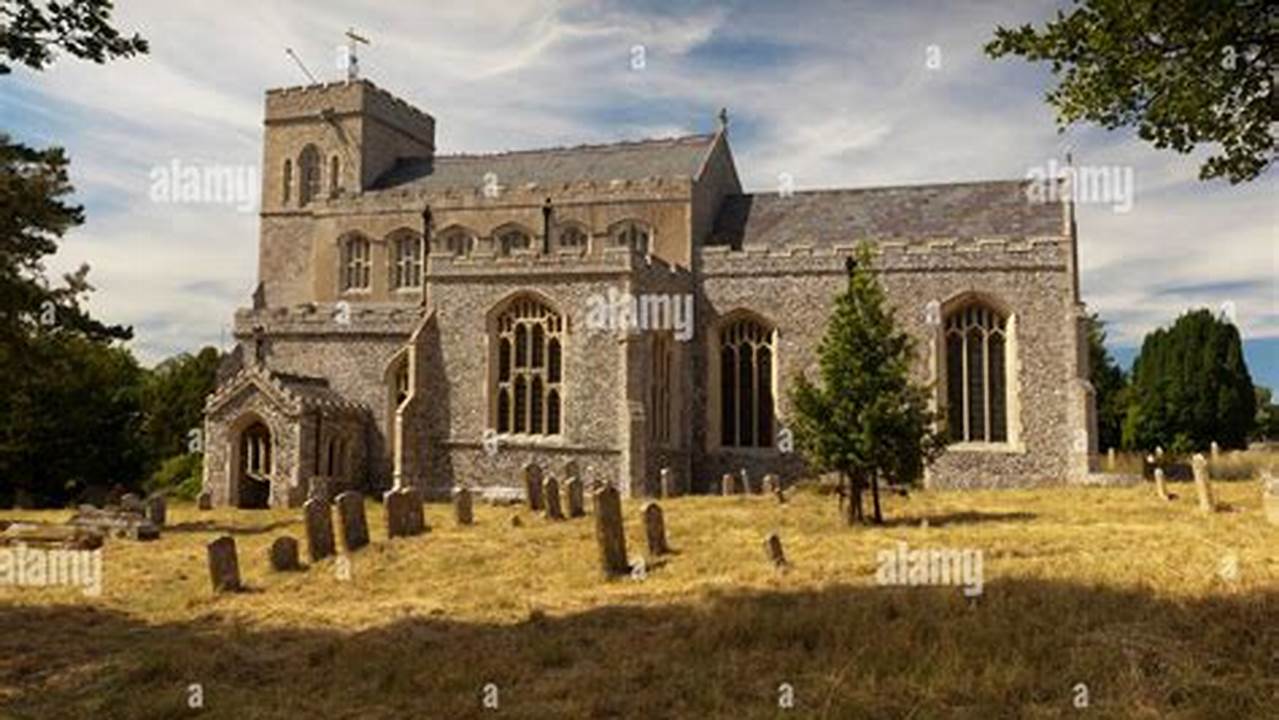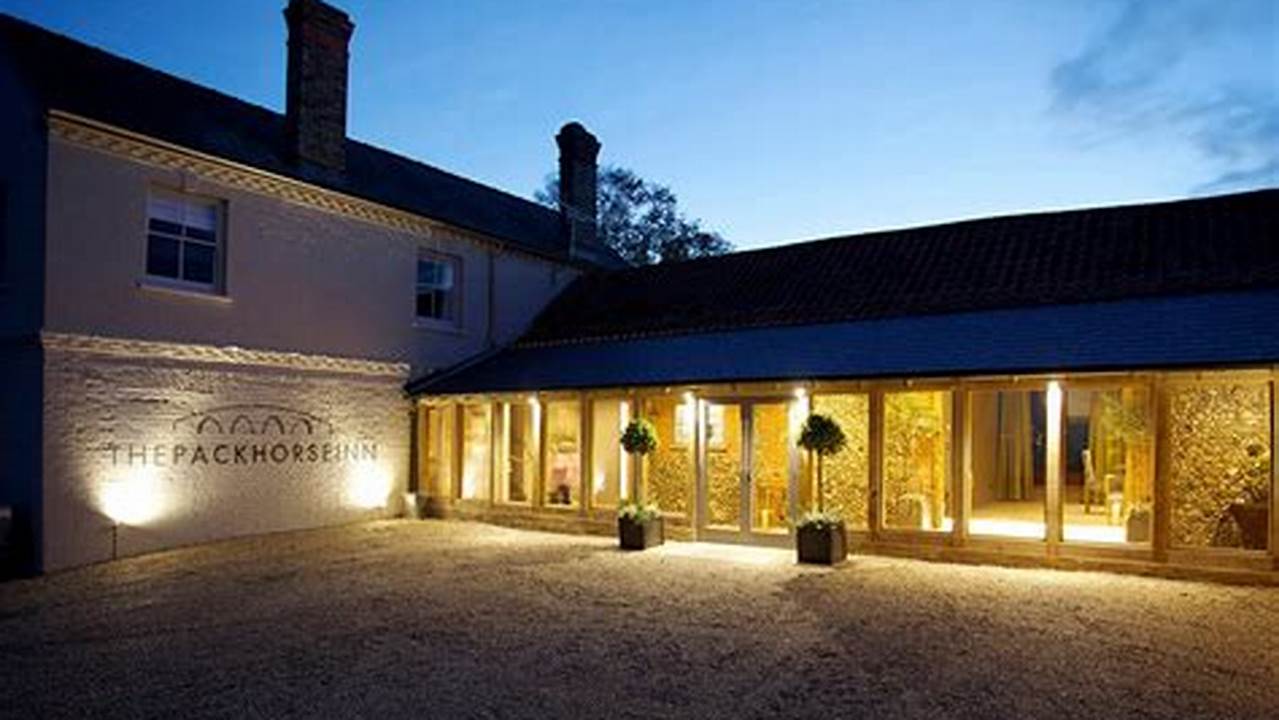This document explores the significance of a guide focusing on a specific historical religious structure located within the county of Suffolk. Such a guide serves as a valuable resource for understanding the building’s architectural, historical, and cultural context. It offers a focused lens through which to appreciate the significance of this particular site within the broader landscape of Suffolk’s heritage.
Architectural Significance
Guides often detail the architectural styles present in the structure, offering insight into its construction, design influences, and evolution over time. This information can be invaluable for architectural historians and enthusiasts.
Historical Context
A dedicated guide provides crucial historical context, potentially covering the building’s founding, key figures associated with it, its role in the local community, and its connection to broader historical events.
Cultural Importance
These guides often explore the cultural significance of the site, examining its role in local traditions, religious practices, and community life, both past and present.
Tourism and Visitor Information
Practical information for visitors, including opening hours, accessibility details, and nearby amenities, enhances the visitor experience and encourages tourism.
Genealogical Research
Church records, often detailed in such guides, can be invaluable resources for genealogical research, helping individuals trace their family history and connections to the area.
Educational Resource
Guides can serve as excellent educational resources for students and researchers interested in local history, architecture, or religious studies.
Preservation Efforts
By highlighting the structure’s significance, these guides can contribute to ongoing preservation efforts and raise awareness of the need for continued maintenance and protection.
Community Engagement
Local guides can foster community engagement and pride in local heritage, encouraging residents to connect with and support the preservation of historical sites.
Economic Impact
Increased tourism resulting from well-crafted guides can contribute to the local economy, supporting businesses and creating opportunities within the community.
Accessibility of Information
Compiling information into a concise and accessible format makes it readily available to a wider audience, fostering appreciation and understanding.
Tips for Utilizing the Guide
Consult the guide before visiting the site to maximize your experience and plan your itinerary effectively.
Cross-reference information found in the guide with other historical sources for a more comprehensive understanding.
Use the guide as a starting point for further exploration of the surrounding area and its historical connections.
Engage with local experts or historical societies to deepen your knowledge and gain unique insights.
Frequently Asked Questions
What kind of information can be found in a typical guide?
Typically, guides include details about the building’s history, architecture, notable features, opening hours, accessibility, and nearby points of interest.
How can these guides benefit local communities?
They can foster community pride, encourage tourism, and contribute to the local economy.
Are these guides suitable for academic research?
While they provide valuable introductory information, further research using primary and secondary sources is recommended for in-depth academic studies.
Where can such guides typically be obtained?
They are often available at local tourist information centers, bookstores, historical societies, and sometimes online.
In conclusion, a well-crafted guide focusing on a specific historical religious structure provides a valuable resource for visitors, researchers, and the local community. It offers a focused perspective on the building’s significance, contributing to its preservation, promoting tourism, and fostering a deeper appreciation for local heritage.



